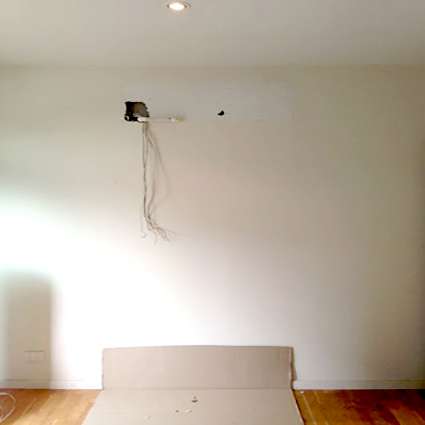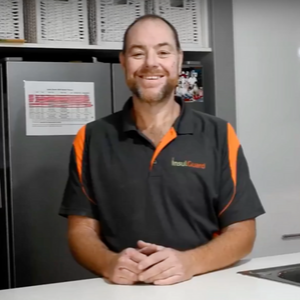If you’re considering cavity wall insulation for your home, one of the first questions you’re likely to ask is “How much does it cost?” This is a valid question, as the cost of cavity wall insulation can vary depending on a number of factors. In this blog post, we will discuss seven factors that affect the price of cavity wall insulation. We will also provide some tips on how to get the best deal on cavity wall insulation.
Factor #1 – The Size of the Cavity
The size of the cavity is one of the biggest factors that will affect the cost of cavity wall insulation. The larger the cavity, the more insulation material you will need to fill it. This means that a larger cavity will generally cost more to insulate than a smaller one. A standard double brick cavity is 50mm wide, whilst older homes pre-1940s in Perth can be 70mm. When you look at the cavity wall insulation cost for brick veneer, it is normally more expensive due to the 140mm cavity that requires filling.
Factor #2 – The Footing Construction
Another factor that will affect the cost of cavity wall insulation is the footing construction. Footings are the concrete or block foundations that your home is built on. The type of footing you have will determine how easy or difficult it is to install cavity wall insulation. For example, homes with a monolithic slab footing (a single piece of concrete) will be easier to install. This is because the insulation product won’t be likely to fall out of the bottom. On limestone blocks, more work is required to seal up around the bottom of the footing. Sometimes, different footings can also impact the type of cavity wall insulation.

Factor #3 – The Levels of the Home
The number of levels in your home will also affect the cavity wall insulation cost. This is because it takes more time to insulate a two-story home than a one-story home. If you have a split-level home, the cavity wall insulation cost will be somewhere in between a one and two-story home. The same goes for a home with a mezzanine level – it will cost more to insulate than a one-story home, but less than a two-story home.
Factor #4 – Roller Shutters
If your home has roller shutters, this can also affect the cavity wall insulation cost. Roller shutters are a great way to keep your home cool in summer and warm in winter. However, they can make it more difficult to install cavity wall insulation. This is because the installer will need to block off the roller shutters prior to installation. Don’t worry, it doesn’t impact how they work after installation!
Factor #5 – Split System Air Conditioning
Units
Another factor that can affect cavity wall insulation cost is the presence of split system air conditioning units. These are often located on an external wall, which means that the cavity wall insulation will need to be installed around them. This can add to the overall cost of installation as the unit needs to be sealed properly. This is because the hole in the wall is larger than the pipework. The cavity therefore must be sealed before the installation of insulation.

Factor #6 – Render
Render is a type of finish that is applied to the outside of a home. If your home has rendered, this can affect the cavity wall insulation cost. When a home is rendered, the seal around doors and window frames is better. This means that less time is required to seal all the gaps where insulation could potentially leak from. The less time we spend plugging potential leaks, the lower the cost.
Factor #7 – Roof Construction
The final factor that can affect cavity wall insulation cost is roof construction. This is because the cavity wall insulation will need to be installed through the roofline. With a tiled roof, gaining access to the cavity is simple as individual tiles can be removed. With a Colorbond roof, screws and sheets may need to be removed. The presence of solar panels and pool heating can also make installation difficult.
All of these factors can add to the cost.
If you’re thinking about cavity wall insulation, it’s important to consider all of the factors that can affect the cost. By doing this, you can get a better idea of what to expect. To get a free quote completed using Google Earth and Near Maps, feel free to contact us.

